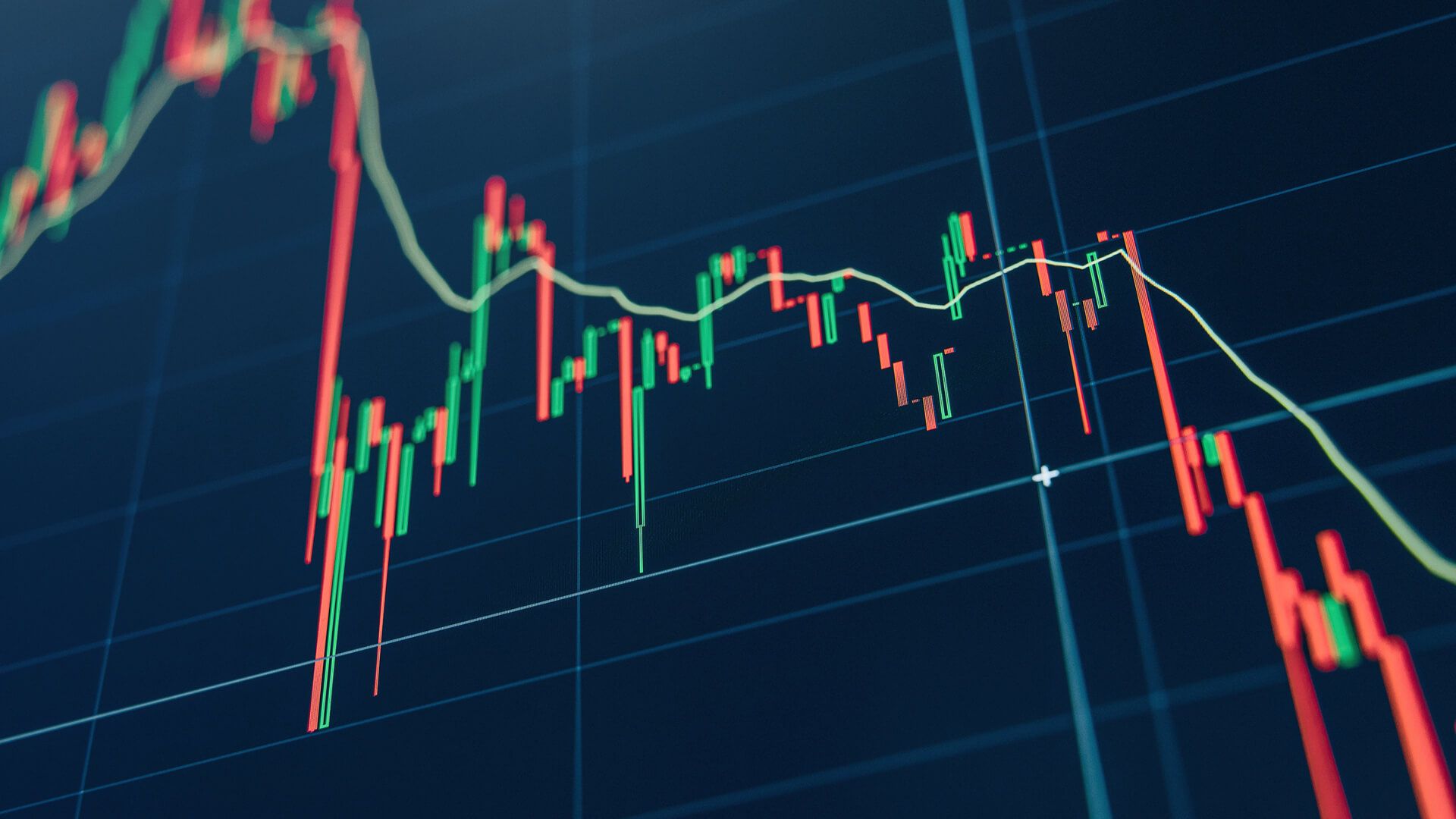
Dividends can be particularly valuable for investors seeking consistent income and inflation protection in a changing rate environment.
Interest rates play a central role in financial markets and are top-of-mind for income-hungry investors. This emphasis is primarily due to the following inverse relationship between interest rates and dividend-paying stocks.
The Backdrop: Dividends Regaining Importance
For much of the past decade, central bank policies, including expansive balance sheets and ultra-low interest rates, created an environment where capital appreciation overshadowed the role of dividend income. Central bank balance sheets, for instance, swelled from just under $5 trillion before the 2008 financial crisis to about $40 trillion in recent years (according to the Bank for International Settlements data). This unprecedented growth has had substantial effects on asset prices and market dynamics.
However, as we transition out of this phase, a more traditional investing paradigm is emerging. In this new environment, dividends are becoming increasingly valuable. According to our calculations, dividends have comprised around half (49.3%) of the S&P 500’s total return since 1871 (on a decade-by-decade basis). This demonstrates the power of dividends not just as a source of income but as a driver of total return, playing a key role in providing both performance and protection. Moreover, companies that not only pay but also grow their dividends have produced consistent returns. Dividends are a sign of a company’s earnings and cash flow strength, and they force companies to be practical with their free cash flow allocations.
Past performance does not guarantee future results. Source: Jack W. Wilson and Charles P. Jones, “An Analysis of the S&P 500 Index and Cowles’s Extensions: Price Indexes and Stock Returns, 1870–1999”, Journal of Business, 2002, vol. 75 no 3. Data after 1990 is from Bloomberg, Confluence, and FactSet. Calculated by Thornburg Investment Management. Returns are annualized.What is the Impact of Declining Interest Rates?
According to the Fed, monetary policy is considered “accommodative” when it aims to make interest rates sufficiently low to spur stronger economic growth, to reduce unemployment, or to prevent unemployment from rising. For example, in response to the sharp decline in economic activity and surge in job losses in early 2020 as a result of the COVID-19 pandemic, the Fed adopted an accommodative policy and quickly pushed short-term interest rates to near zero. Conversely, beginning in 2022, with inflation running well above 2% and the labor market extremely tight, the Fed raised interest rates over the course of the next year and a half with a “restrictive” policy.
Source: Bloomberg
Interest rates have remained steady since 2024 until the recent downward quarter-point move in September 2025, as the target range dropped to 4.00-4.25% from 4.25-4.50%. There is the expectation for addition accommodative policy moving forward (shown above), although Fed decisions are extremely data dependent.
Dividends as an Inflation Hedge
Another key advantage of dividends is their role as a hedge against inflation. Historically, dividends have tended to grow at a rate that outpaces inflation, offering investors a reliable way to maintain purchasing power. For example, in the post-war period, dividends grew at a rate of 6% compared to an inflation rate of 3.6%, highlighting their effectiveness in protecting against rising prices. This characteristic becomes especially relevant in times of high inflation. With the potential for ongoing inflationary pressures, dividend-paying stocks provide a buffer by offering income that typically increases with or exceeds inflation rates. This inflation-protected income can be crucial for investors seeking to preserve their real returns amid economic uncertainties.
Global Dividend Opportunities
While the U.S. market offers a yield of just 1.2%, non-U.S. markets present more attractive opportunities. According to MSCI, markets such as Australia (3.2%), Europe (3.1%), Canada (2.5%), and Japan (2.1%) offer higher dividend yields compared to the U.S. For this and other reasons, incorporating a global perspective into dividend strategies can enhance portfolio yield while also broadening diversification potential.
Dividend Yields of Major Developed Countries
Source: S&P Dow Jones Indices, MSCI, as of 30 September 2025. Trailing 12-month dividends.
Key Takeaways
In today’s evolving investment landscape, dividends offer a powerful tool for enhancing portfolio resilience. They provide a reliable source of income, serve as an effective hedge against inflation, and provide attractive valuation opportunities, particularly when considering a global investment approach. Incorporating dividend-paying stocks into portfolios can enhance stability, growth, and income generation. Companies with high debt levels may face lower borrowing costs in a declining interest rate environment, potentially improving their ability to grow dividends and maintain their current payouts. Certain sectors, such as utilities, real estate, and financials, are more sensitive to interest rates due to their reliance on debt financing and the nature of their business models.
Discover more about:
More Insights

Thornburg Income Builder Opportunities Trust Announces Distribution

Ferrari’s Electric Future and the Evolution of Luxury Investing

FOMC Update: Fed Approves Third Consecutive Rate Cut, Projects Slower Pace

Luxury Brands Navigate China Slowdown and Tariff Pressures

Thornburg Investment Income Builder Fund – 4th Quarter Update 2025

